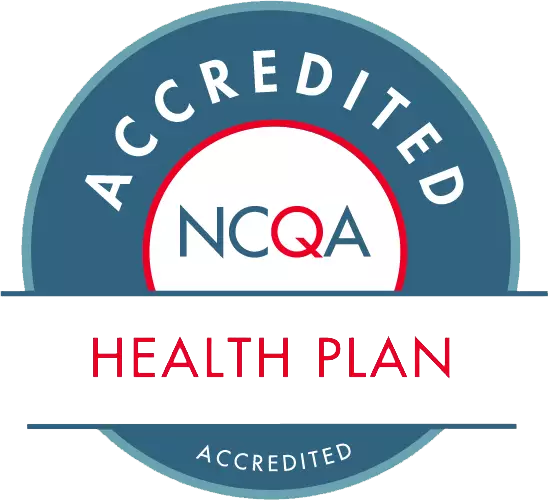Contact us
Find contact info for Provider Relations or other information you may need.
Here are some helpful provider links if you’re new to our network.
Learn how we can help you be successful.
Learn how we provide coordination of care for members transitioning from another plan.
You can submit claims through our secure Provider Portal or by mailing a claim form to us.
Learn how to request PA and find information on criteria, forms, timelines and referrals.
Aetna Better Health® of Florida is part of Aetna® and the CVS Health® family, one of our nation’s leading health care organizations. We’ve been serving people who use Medicaid benefits for over 30 years — from kids, adults and seniors to people with disabilities or other serious health issues. You can see how Aetna Better Health of Florida compares to other Medicaid plans.
Our national experience helps us do a lot of great work in your community, where you live, work and play. And we’re proud to be your neighbor, working alongside you to make Florida a great state. Members can get the care they need to be as healthy as possible. And they can do it all close to home. Visit the Aetna Better Health website to learn more.
Find contact info for Provider Relations or other information you may need.
Questions? Check out our quick reference guide (PDF) for answers.
Another group or vendor provides the info on the next page. If you don’t want to leave our site, choose the “X” in the upper right corner to close this message. Or choose “Go on to next website” to move forward.
You’re going to the provider website. It has info for health care providers. If you don’t want to leave the member site, choose the “X” in the upper right corner to close this message. Or choose “Go on to next website” to move forward to the provider website.
Aetna Better Health provides the general info on the next page. If you don’t want to leave your state site, choose the “X” in the upper right corner to close this message. Or choose “Go on to next website” to move forward to the main Aetna® Medicaid website.
Statewide Medicaid Managed Care (SMMC) provides the info on the next page. If you don’t want to leave our site, choose the “X” in the upper right corner to close this message. Or choose “Go on to next website” to move forward.
Aetna® provides info on the next page. If you don’t want to leave our site, choose the “X” in the upper right corner to close this message. Or choose “Go on to next website” to move forward to Aetna.com.
Aetna® provides info on the next page. If you don’t want to leave our site, choose the “X” in the upper right corner to close this message. Or choose “Go on to next website” to move forward to Aetna.com.
Receiving calls and/or text messages from Aetna Better Health® of Florida that are informational and relate to my health and benefits. I understand that my information will be used in accordance with my plan notice of privacy practices.
Florida's Agency for Health Care Administration (AHCA) provides the info on the next page. If you don’t want to leave our site, choose the “X” in the upper right corner to close this message. Or choose “Go on to next website” to move forward.
Florida Healthy Kids (FHK) provides the info on the next page. If you don’t want to leave our site, choose the “X” in the upper right corner to close this message. Or choose “Go on to next website” to move forward.
Florida Department of Children and Families — ACCESS Florida provides the info on the next page. If you don’t want to leave our site, choose the “X” in the upper right corner to close this message. Or choose “Go on to next website” to move forward.
CVS Health® provides the info on the next page. Aetna® is part of the CVS Health family of companies. If you want to stay on our site, choose the “X” in the upper right corner to close this message. Or choose “Go on to next website” to move forward to CVS.com.

